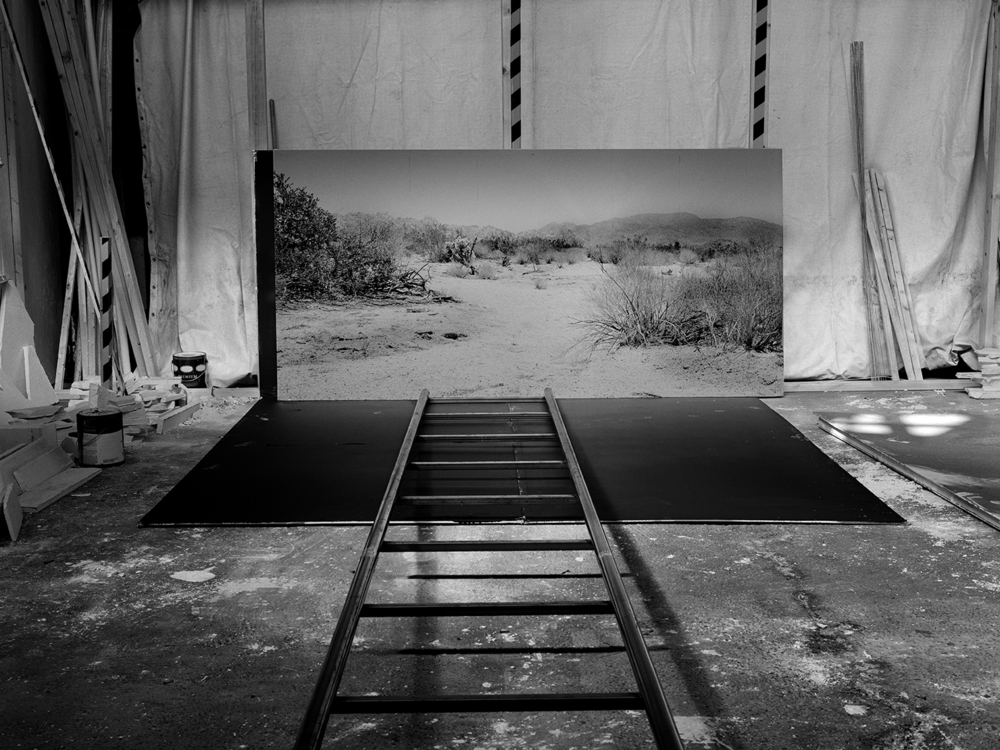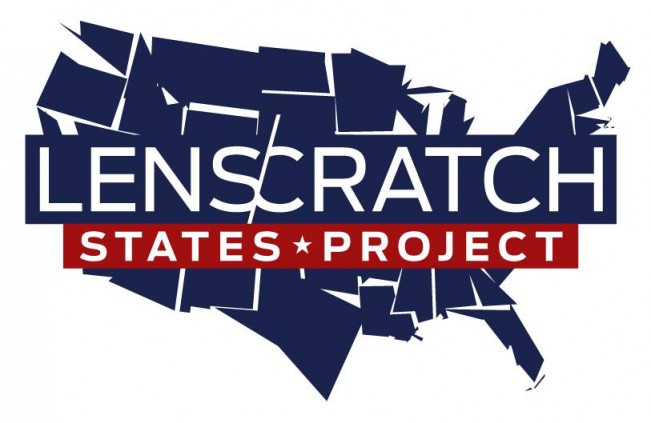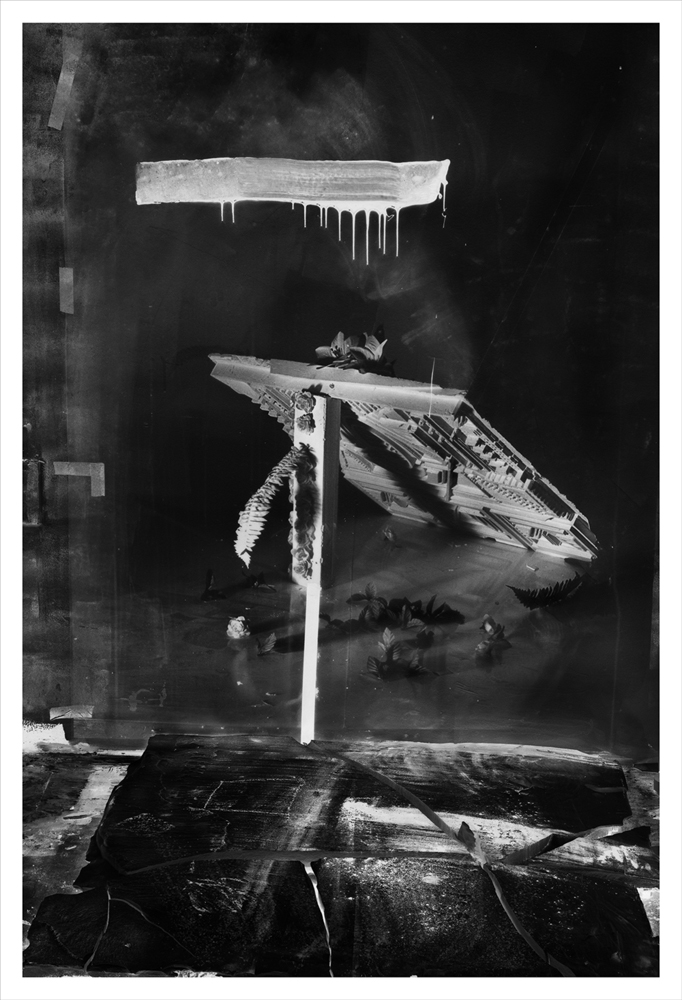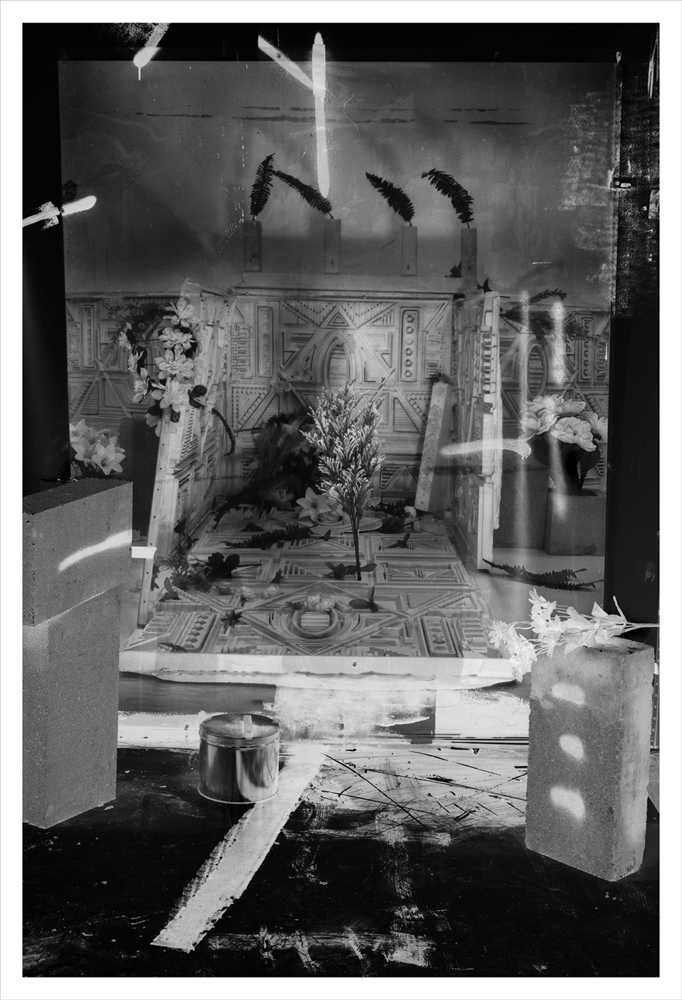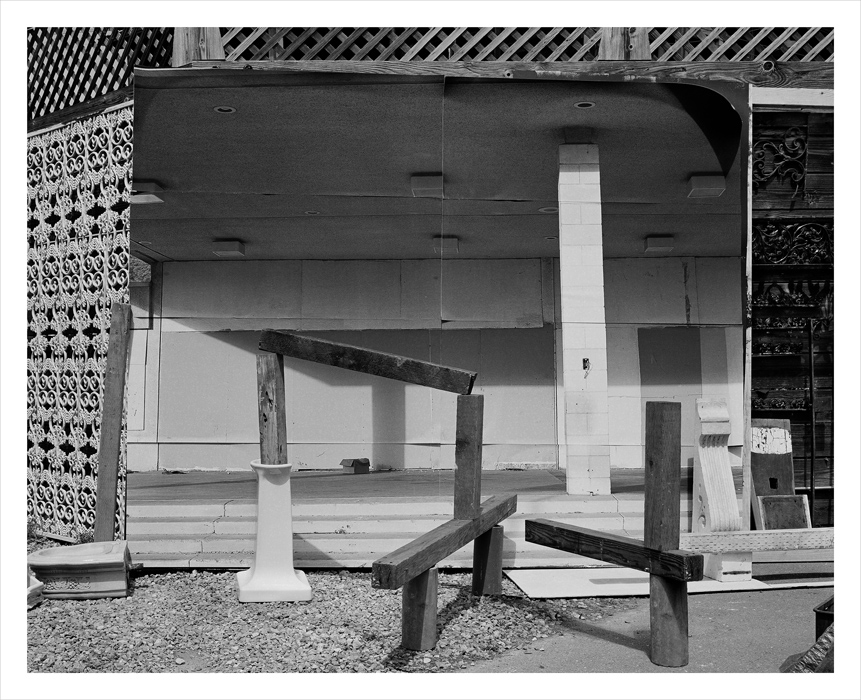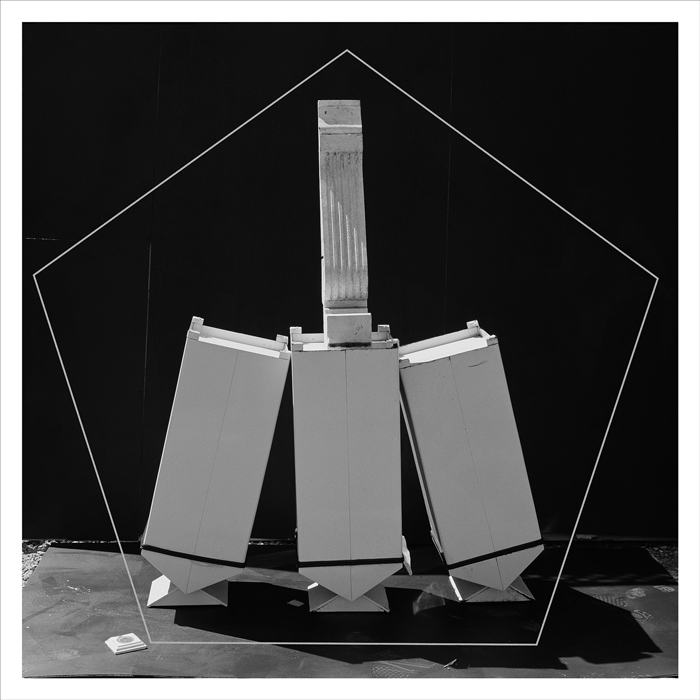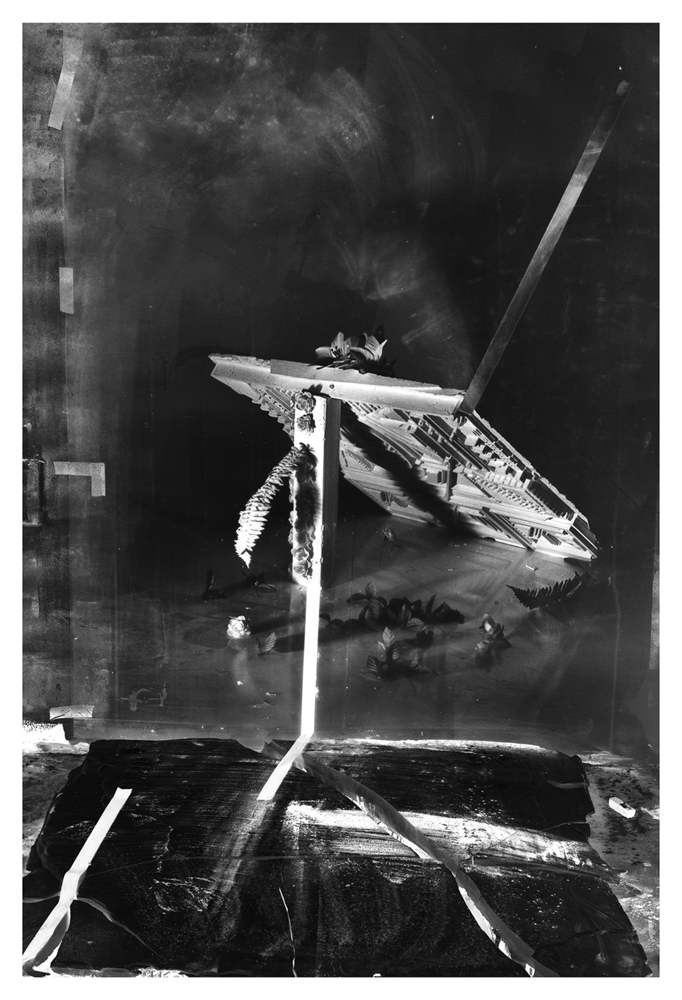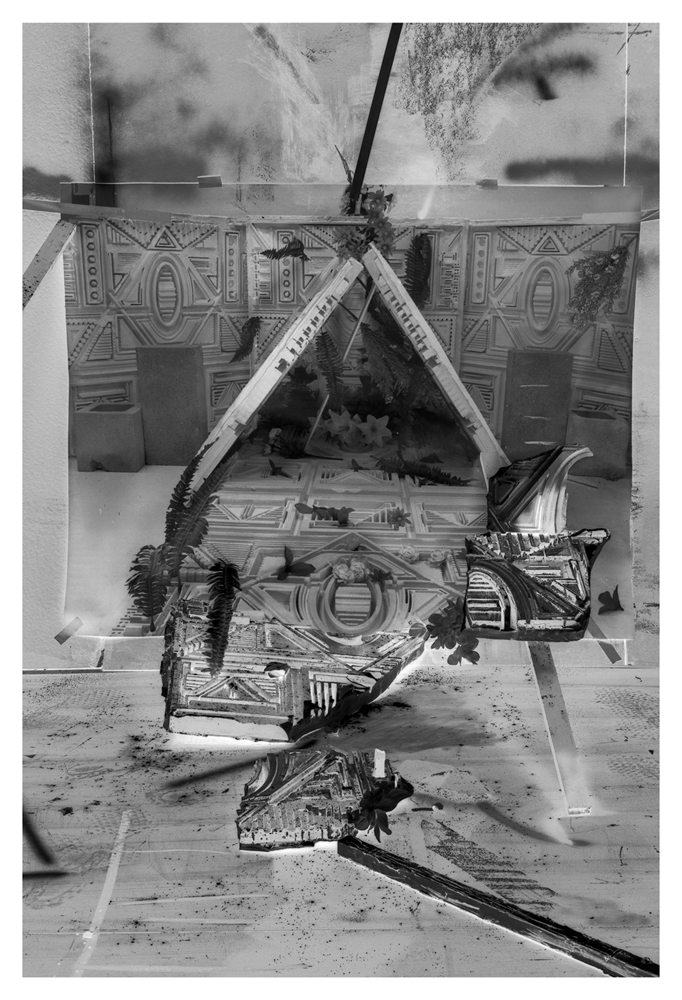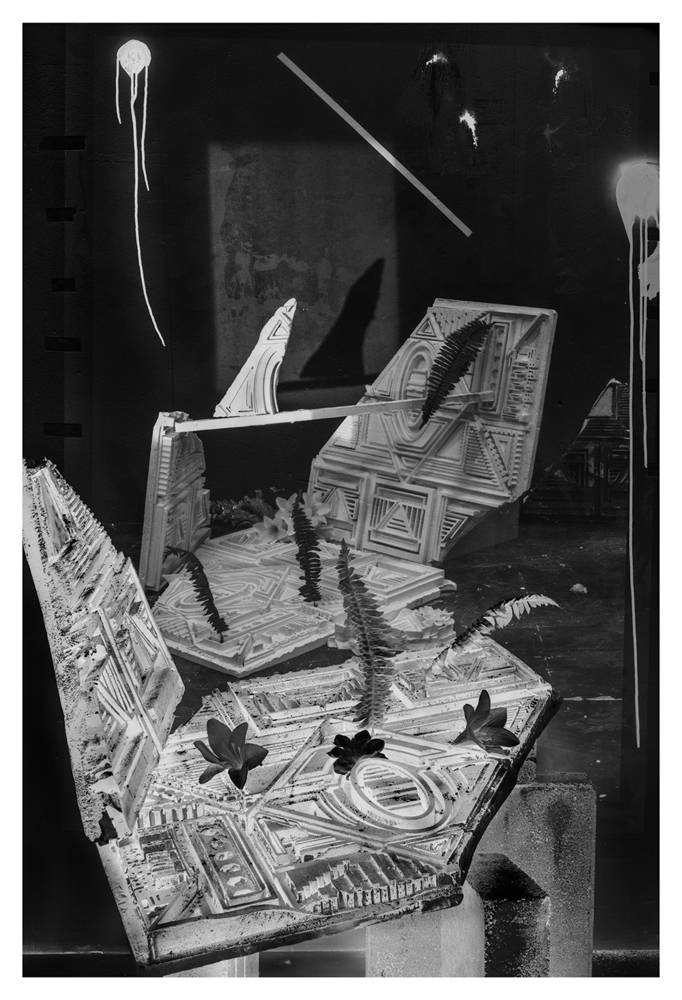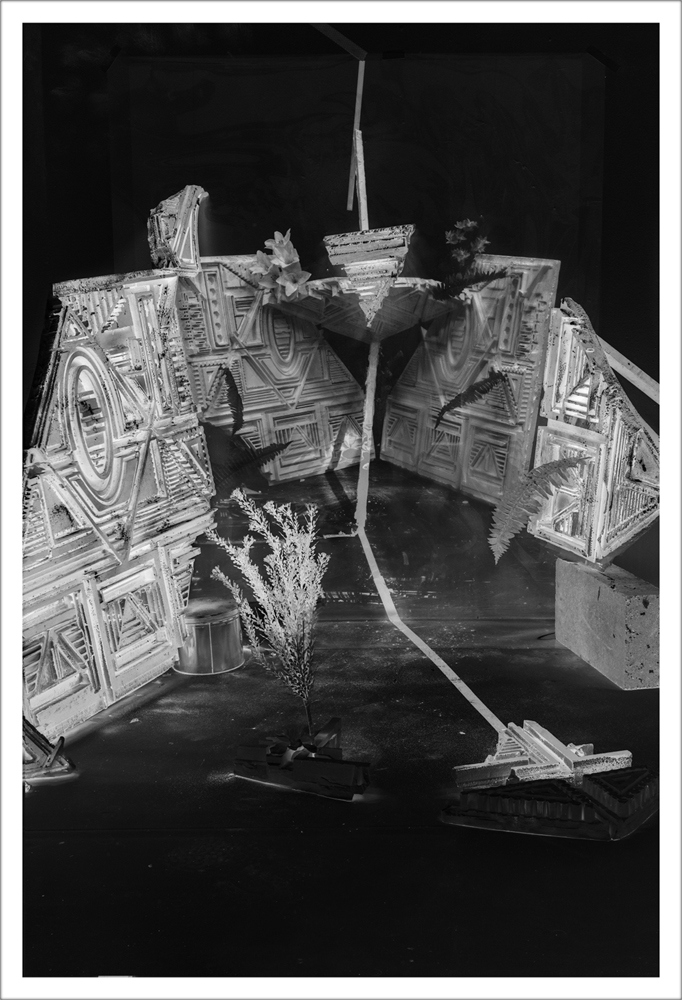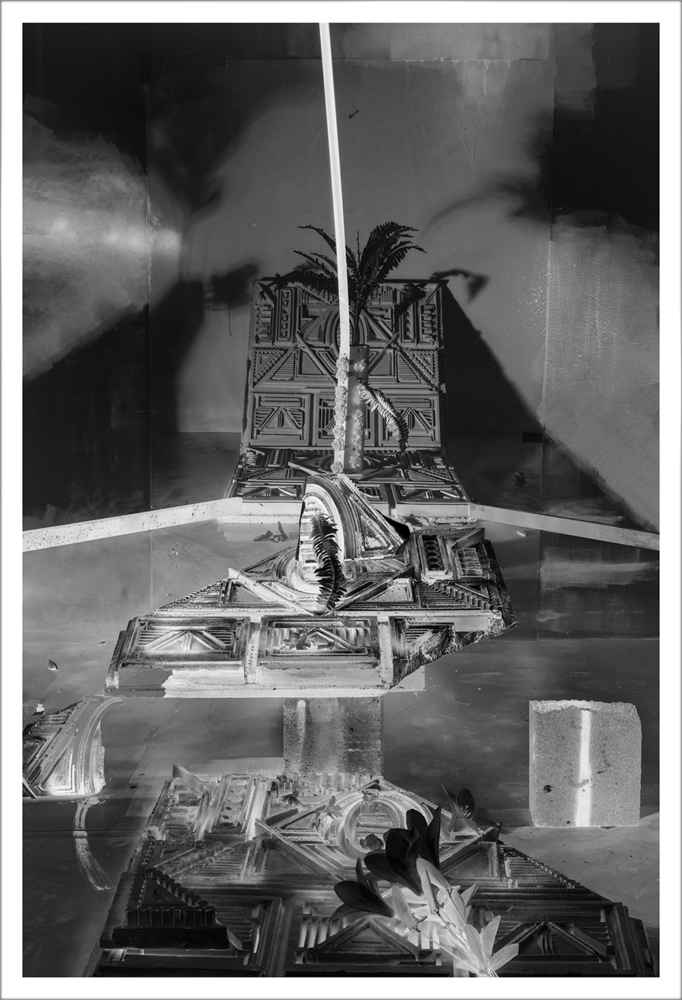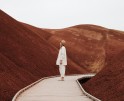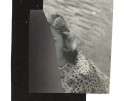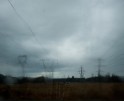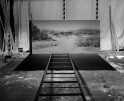Rodrigo Valenzuela: The States Project: Washington
I recently came across Rodrigo Valenzuela’s work when he was featured in Latitude 47, an annual publication produced by Seattle’s Photographic Center Northwest. I was immediately drawn to his play with various process of construction in photography – his approach combining video, sculpture and layered printing techniques. It’s process driven, and in some ways could be considered “post photography” but transcends much of the “new formalism” that’s received attention over the past five to ten years. His most recent series Animitas uses these aesthetic approaches to address how communities in Chile and other Latin American countries address death and memorialize those they have lost.
Rodrigo Valenzuela, Santiago, Chile 1982. Lives and work between Seattle, WA and Los Angeles, CA. Valenzuela completed an art history degree at the University of Chile (2004), BA in Philosophy at The Evergreen State College in 2010 and an MFA at the University of Washington in 2012. Recent residencies include Core Fellowship at the Museum of Fine Arts, Houston (Texas), Skowhegan school of Painting and Sculpture (Maine), MacDowell Colony (NH), Bemis Center for Contemporary arts (Nebraska), Lightwork (Syracuse), the Center for Photography at Woodstock (New York), Sculpture Space (NY). Recent solo exhibitions include Lisa Kandlhofer Galerie, Vienna, AU (2016), Ulrich Museum, KS (2016), University of Memphis Museum, TN (2016), Klowdenmann Gallery, LA (2016), David Shelton Gallery, Houston (2016), the Frye Art Museum, Seattle (2015), Museo de Arte Contemporaneo, Santiago (2015), envoy enterprises, New York (2015) and Upfor Gallery, Portland, OR (2015).
I construct narratives, scenes, and stories which point to the tensions found between the individual and communities. I utilize autobiographical threads to inform larger universal fields of experience. Gestures of alienation and displacement are both the aesthetic and subject of much of my work. Often using landscapes and tableaus with day laborers or myself, I explore the way an image is inhabited, and the way that spaces, objects and people are translated into images. My work serves as an expressive and intimate point of contact between the broader realms of subjectivity and political contingency. I engage the viewer in questions concerning the ways in which the formation and experience of each work is situated—how they exist in and out of place.
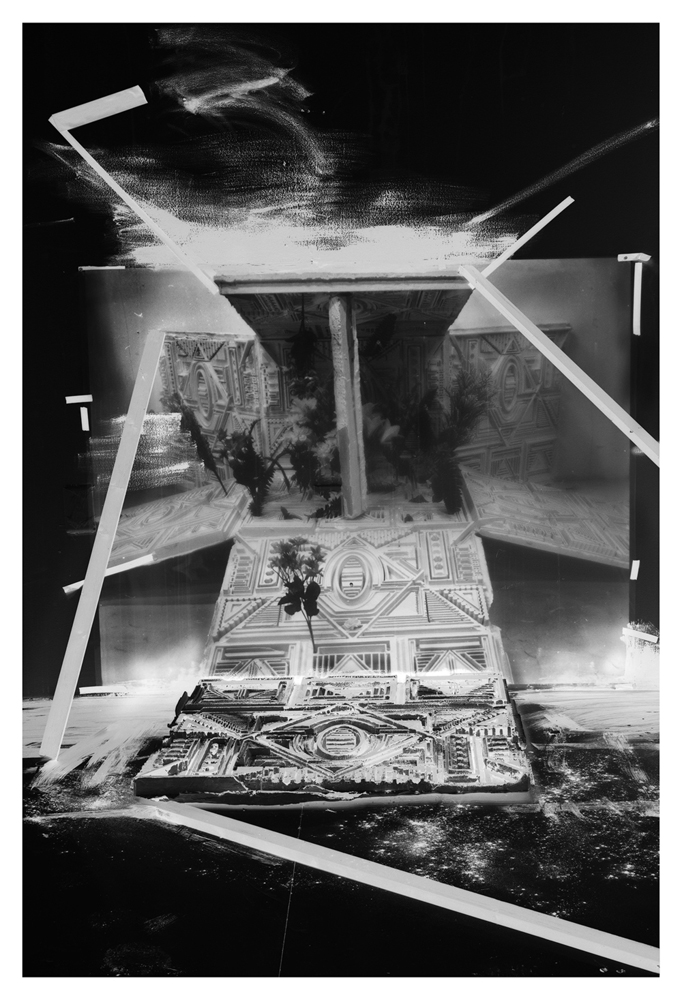
©Rodrigo Valenzuela
In your statement, you mention “autobiographical threads” being a building block to your work. Can you elaborate on this? How do your biography and personal narrative tie into your work?
I pick the materials and situations, the object and subject that I have experience with. I use the materials in the way I would use them in a regular construction job, commenting on the subject matters such as immigration or labor unions that aim to describe my social position (working class, person of color, first college educated in my family, teacher, etc). I also consider how the world presents itself to me and how I can help to make it better by making works of art that use what my experience had taught me about how to respond to the signs of power I see such as institutional racism, collective bargaining rights, monuments or historical symbols.
For example, my Hedonic Reversal series is in direct response to “ruin porn” photography and how irresponsible it is for photographers to go to places like Detroit and aestheticize a very present social and economic problem. In this case I wanted to think from my studio about the basic elements of ruin without taking advantage or a specific community. The way Hedonic Reversal looks comes from childhood memories; Chilé has a lot of earthquakes so growing up in an adobe house I had constantly the imminent feeling of collapse. That interests me and is very present in my work.
I noticed on your CV you mention that you live/ work in LA. Where does Seattle (or WA State) fit into your practice?
The Pacific NorthWest is home. I went to school in Evergreen and UW, I feel that I became an artist in Seattle and I learned a lot by watching and working with local artists. Right now I get the support I need in LA and It is a bit cheaper than Seattle with a lot more institutions showing better art. I come home often and I am trying to do my best to help the community. Recently I offered free workshops for professional practice with Artist Trust and this summer I am curating a show with four great video artists that have never shown in Seattle before (at the Seattle University gallery). I think there is great potential in our region; artists like me and more successful ones should help younger local artist by introducing them to new, challenging works and advising them on their projects.
Why are labor and class issues important to your work?
Because I grew up poor and for most of my 20s I worked construction jobs. My dad was part of the postal service union and my mom has worked retail all her life. Chilé is a very politically and socially aware country, much of my way of thinking is in relationship with the way that USA imposed neoliberalism onto Chilean society – I grew up with the repercussions.
It is crazy to me that so many artist are broke but don’t consider themselves working class. This is very subjective opinion of course but you can see it a lot in Seattle… maybe if I had grown up rich or even middle class I would be making collages with old photos or making art about art. In the best case scenario I want to connect, help and educate in order make the future generation more thoughtful citizens.
Construction is central to much of your work– whether it’s building scenes or more abstractly building a narrative. How does this all tie together for you?
Construction as opposite of what?… Documentary ?
I think everything needs to be constructed in order to emphasize the maker’s voice. Documentary is only a filter…one will frame a shot and edit a video but the construction starts before with a political agenda. In order to create the illusion of reality you work hard to rebuild that reality in order to sell it or make it aesthetic enough for an audience. Building a set can be a more honest way to point at the issues that are important to you. In my photos I never move the camera: it is there to document the materials and characters performances in a very particular situation.
How does process play into the larger metaphors in your work? How do specific materials tie into this?
One example can be the use of photocopies, if you see the series Still Life, Goalkeeper and Hedonic Reversal. In my experience toner photocopies are the material of bureaucracy. I have to do so much paperwork in order to stay in the US and be a legal resident. I often print large digitally composed landscapes based on tiled black and white photocopies. The idea of an empty landscape, a place that doesn’t really exist is important because it is, to me, what came after all the bureaucracy.
I’m drawn to the layered processes of Animitas – can you tell me a bit more about this?
It is long process… before the photo is taken there is a lot of construction. I designed a pattern in Illustrator, then I export that into a 3D modeling and send it to CNC in extruded foam. After the shapes are carved I made a robber mould to make many Hydrocal copies of my original 40 x 40 relief. With them I build as many possibilities for road shrines as I can come up with in the studio and photograph them. I develop the photos and I print them as large negatives on a transparency. I paint all the previous elements black and grey in order to fade with the negative then I re photograph the set. You can see the visual unity of each image but there is something weird; the real objects look misrepresented in the translation from negative to positive.
Do you consider yourself to be a photographer? Artist working w/ photography? Something else?
An artist. I spend a lot more time in the darkroom than a lot of photographers but you will never see me walking around with a camera. I make videos, paintings and installations, often all part of the same show.
You’ve done a number of artist residencies all over the United States. Have these influenced your practice/ how?
For sure! I have met most of my close friends and people that admire in these residencies
and all of them have helped me or forced me to make work that I wouldn’t have made if I have stayed in Seattle. At this point I am running out of them and energy for them but it is always interesting to put yourself in the situation where you have to respond to a different and specific environment.
What other art, films, music, books, etc. are you spending time with right now/ what are you connecting with?
I watch a lot of movies at night and I read every morning. Last night I watch A COLT IS MY PASSPORT by Takashi Nomura, a nice Japanese film noir from 67, I also got to the theater a lot. TThe James Baldwin doc is really good. I am a huge fan Cassavettes, Aki Kaurismaki, Charles Burnett and Godard. Chris Marker, Jean Rouch, Penelope Spheeris and Agnès Varda really influence the way I work.
Posts on Lenscratch may not be reproduced without the permission of the Lenscratch staff and the photographer.
Recommended
-
Megumi Shauna Arai: The States Project: WashingtonMarch 18th, 2017
-
Serrah Russell: The States Project: WashingtonMarch 17th, 2017
-
John Keatley: The States Project: WashingtonMarch 16th, 2017
-
Alan Hunter: The States Project: WashingtonMarch 15th, 2017
-
Rodrigo Valenzuela: The States Project: WashingtonMarch 14th, 2017

